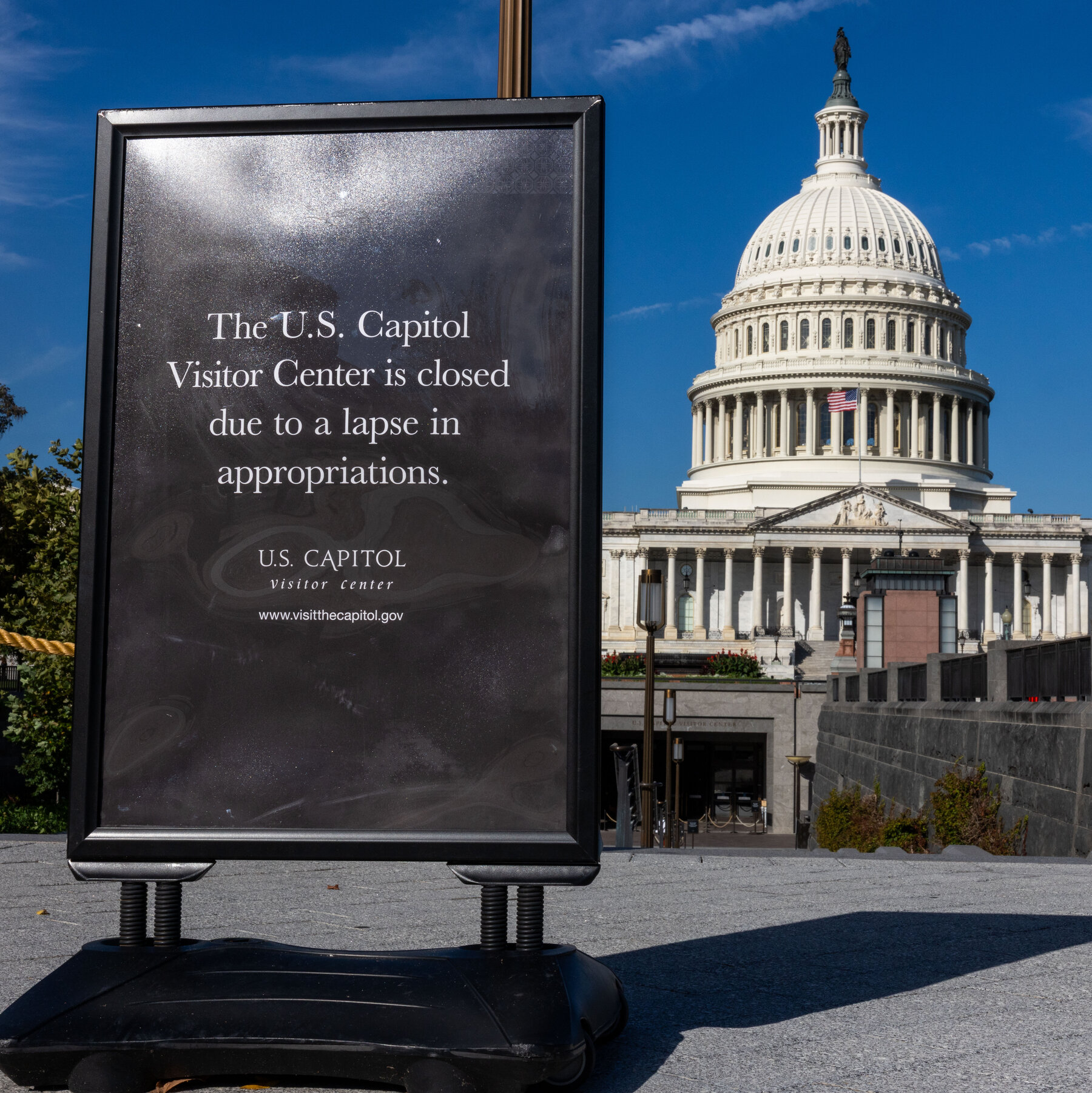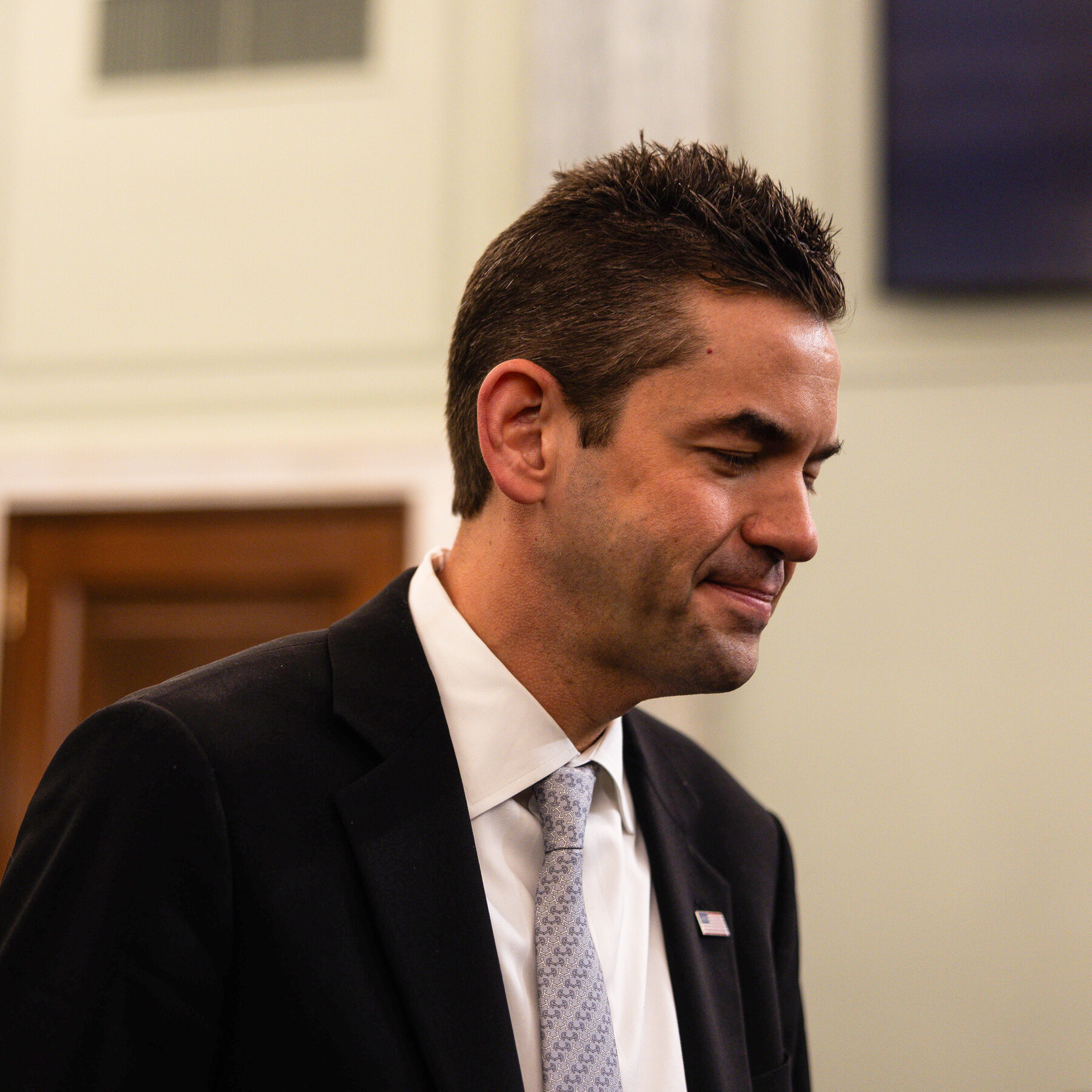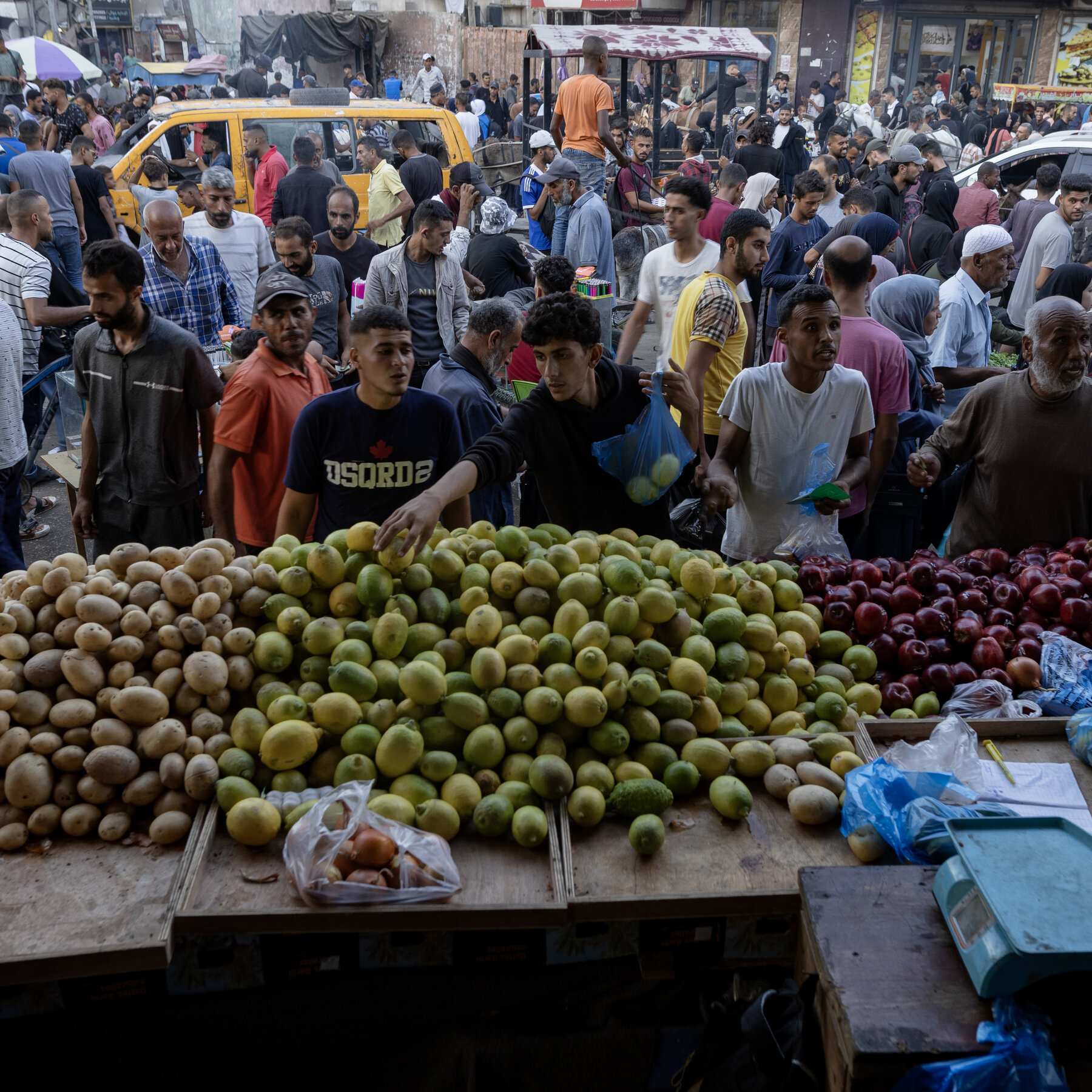Bird Flu Decimates the World’s Largest Elephant Seal Colony, Researchers Report

Unprecedented Mortality on South Georgia
In the summer of 2023, the highly pathogenic H5N1 avian influenza virus reached the remote sub‑Antarctic island of South Georgia. Within weeks, scientists observed a dramatic decline in the island’s elephant seal population, the largest breeding ground for the species on the planet.
Scale of the Disaster
Pre‑outbreak surveys estimated that more than 50,000 breeding females used the island’s rocky beaches each year. After the virus spread, field teams recorded a sudden disappearance of a substantial portion of that number, with preliminary counts suggesting that over half of the females may have been lost during the peak breeding season.
How the Virus Reached the Seals
Although H5N1 is primarily a bird pathogen, researchers believe the virus was introduced to the seal colony via infected seabirds that share the same foraging grounds. The virus likely crossed the species barrier through direct contact with contaminated carcasses or through the shared marine environment.
Scientific Findings
A multidisciplinary team from the British Antarctic Survey, the University of Cambridge, and the Wildlife Conservation Society conducted necropsies on the few carcasses recovered. Their analysis confirmed the presence of H5N1 RNA in lung tissue, establishing a clear causal link between the outbreak and the seal deaths.
Implications for Conservation
The loss of such a large cohort of breeding females threatens the long‑term viability of the South Georgia elephant seal population. With fewer mothers to raise pups, the colony’s growth rate could decline sharply for several generations, potentially altering the entire ecosystem that depends on these apex marine predators.
Calls for Action
Conservationists are urging immediate measures to monitor and contain future outbreaks, including:
- Enhanced surveillance of avian influenza in seabird colonies.
- Rapid response teams equipped to test marine mammals for emerging pathogens.
- International cooperation to develop vaccines or antiviral treatments suitable for wildlife.
Looking Ahead
“The South Georgia event is a stark reminder that disease can cross species boundaries and have catastrophic effects on wildlife,” said Dr. Eleanor Hughes, lead epidemiologist on the study. “We must invest in proactive health monitoring if we are to safeguard the resilience of these iconic marine mammals.”
As researchers continue to assess the full impact of the outbreak, the hope remains that targeted interventions and stricter biosecurity measures will prevent a repeat of this tragedy in other vulnerable marine populations.







